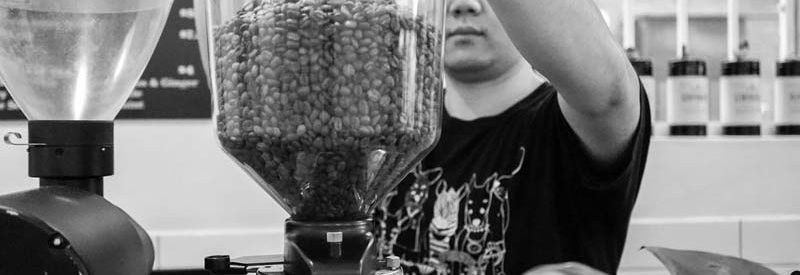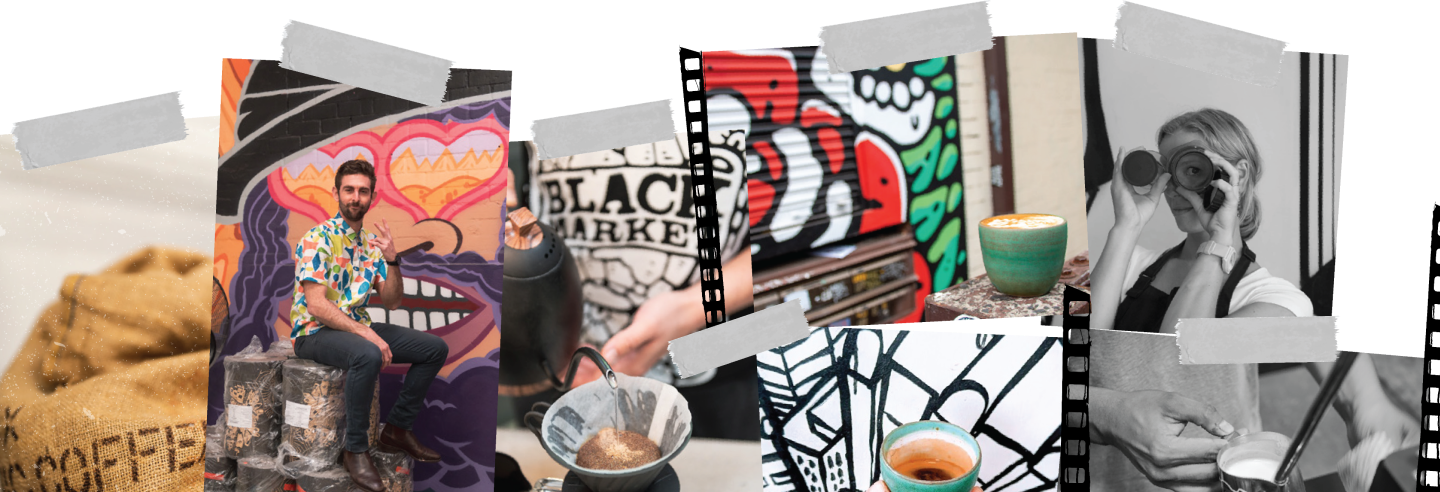
A Short Introduction to Coffee Processing Methods
Occasionally in a cafe you may see information about a coffee bean, including it’s country of origin and a few other facts such as the altitude it’s grown at. You may be wondering what ‘processing method’ may mean, and how it affects your coffee? Here’s a quick breakdown of the three you’re most likely to come across.
Natural
The natural process begins by picking ripe cherries from coffee trees. These are then placed on raised and ventilated beds to dry for around 3-5 weeks. As the fruit of the cherry remains on the bean throughout the process, sugars and flavours are imparted into the bean giving a natural processed coffee it’s classic super sweet and fruity flavour.
Washed
In coffee producing countries where water is readily available, the washed process may be used. By first filtering the ripe and unripe cherries, a machine then removes the skin and some of the pulp. The rest of the pulp is removed by either a wet fermentation or being scrubbed off by the machine. The leftover beans are then dried in order for the final layer of silver skin and parchment to be taken off. Washed process coffees tend to have a cleaner acidity and are brighter than naturals.
Honey
Honey is probably the trickiest processing method. We’ve previously dedicated a whole article to the matter, but here’s a brief recap. After the pulp is removed, the remaining part is dried on raised beds with the mucilage still encasing the bean. These beans must be turned over very regularly to ensure fermentation doesn’t take place. The end result is fantastic, and typical traits include a lot of sweetness with the body of a natural coffee and acidity of a washed.
As you can see, there’s more than just picking fruit that goes into the labour of coffee production. Appreciating all the hard work can make your own coffee more enjoyable. To learn more about this process from bean to cup, join one of our Beginners Barista courses today!
Be The first to know about new digs.

